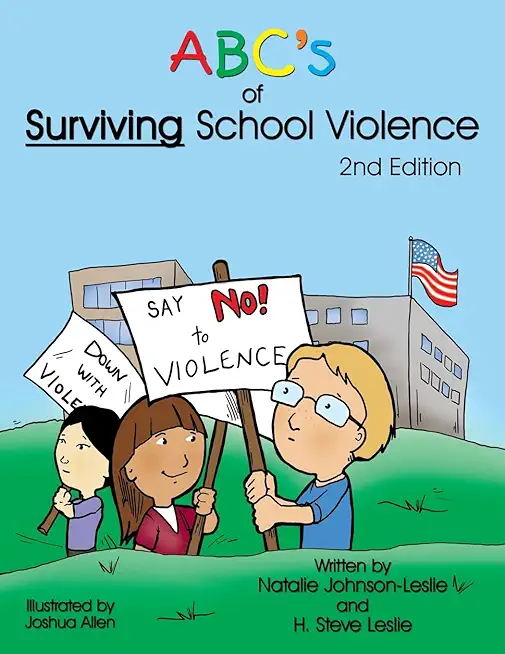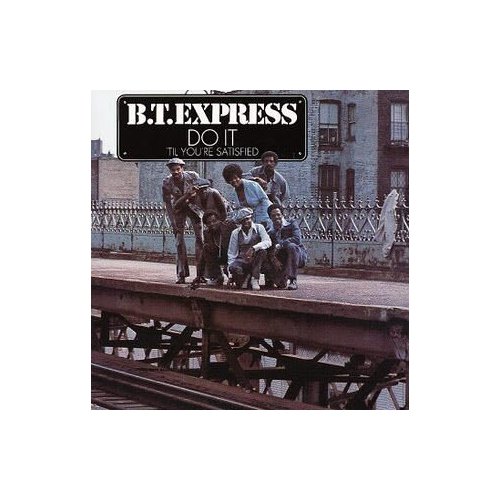
description
tinues to be of concern to parents, teachers, administrators, and the public at large. How knowledgeable are young kids about possible options to survive an incident of violence in their classroom, lunchroom, library, or on the playground? At what age is it appropriate to teach young kids safety tips about school violence? In schools, young kids are taught safety features in case of fires, tornadoes, and strangers. Unfortunately, the majority of the incidents of school violence are not perpetuated by strangers. What can be done to fill this gap? In spite of more security in schools, school violence continues to plague our society. Today, school systems at all levels from day-care centers to universities continue to suffer the pain and loss of many members of their communities through the cold hands of school violence. Those most affected by the plague of school violence are families who lose loved ones. Thus, it makes sense that surviving school violence should be addressed head on from a young age when young minds can be influenced to make the right choices. The message presented in this book is an attempt to educate, inform and emphasize, practical, common-sense principles and practices that can save lives in the event of school violence. Parents and teachers can use this book to supplement early learners' introduction to the alphabet with survival tips to overcome violent acts. This way one fewer life may be lost through school violence because of the knowledge shared with early learners in this book.
More at www.survivingschoolviolence.com
member goods
No member items were found under this heading.
Return Policy
All sales are final
Shipping
No special shipping considerations available.
Shipping fees determined at checkout.







